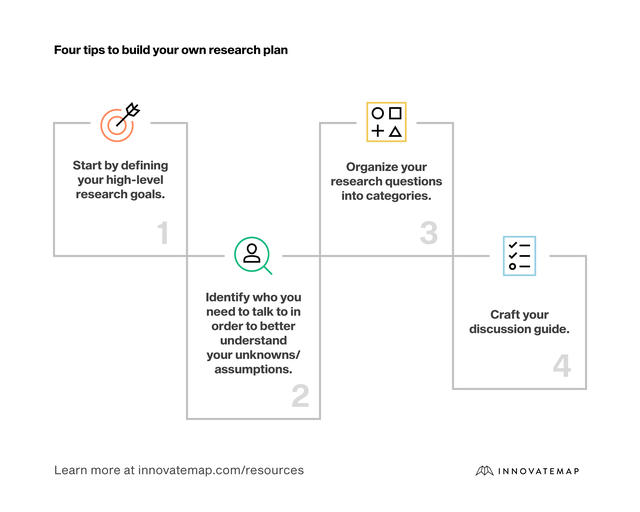
How To Use An “American Idol” Approach For Your User Research
American Idol debuted in 2002, and instantly created a nationwide frenzy and an impressive 19 season run; blending the classic reality tv cocktail of equal parts emotion, drama and competition.
All contestants begin at the same starting point; an audition singing a song of their choice in front of three vocal judges. These auditions attract all kinds of enthusiastic, starry-eyed wannabes eager for a chance to prove their talent.
We can’t forget the most memorable (cringe-worthy) auditions, like the legendary performance by William Hung, but we also remember the stars who rose to fame, like Kelly Clarkson and Carrie Underwood. You can’t deny American Idol’s appeal, and that appeal was a result of their strategy; kicking off each season with a slew of auditions, varying in talent levels, that eventually led to the selection of America’s beloved idol.
Now you may be wondering, what does American Idol have to do with user research? The similarity comes from the value derived from embracing diverse voices. Often, when recruiting research subjects, I am handed a list of “Kelly Clarkson” types and clients assure me by saying, “this will be a great interview, they love us.” While it is great that you have users who love you, they aren’t the priority.
It’s helpful to hear what’s working, but identifying the pains from unhappy, poorly engaged users and customers provides opportunity for meaningful innovation. You should source your user-centric and customer-centric research participants like a frenzied American Idol audition line.
But first, in order to find your own American Idol contestants you should be armed with a complete research plan that will keep you going in the right direction and help to weed through the noise of user/customer feedback to hone in on what is important. (Because if you’re going to be talking to your cringe-worthy users, you’re going to need to be deliberate and goal-focused.)
Here are four tips to build your own research plan:

1. Start by defining your high-level research goals. While it may seem like an obvious first step, it can easily get lost when you are in the thick of the research…trust me. The goal(s) will act as your north star, don’t lose sight of it.
2. Identify who you need to talk to in order to better understand your unknowns/assumptions. Based on your high-level goal, what would you say is your biggest unknown, priority, or risky assumption?
3. Organize your research questions into categories. What major parts of the user’s experience are you focused on? What parts are not of interest? The research questions are written with more of an “internal speak”.
4. Finally, craft your discussion guide. This is to be used as a guide, not a script. Improv is a natural part of user research. Aim to arrive at your destination but allow yourself to take pit stops along the way if something catches your ear.
Quick note: If your research audiences are different, add a few modifications to your questions to accommodate the differences.
Building a complete research plan is important to ensure that you’re successful, but if you don’t have the right research participants then no plan can make up for it. You can’t just interview your product stars if you really want feedback; they’ll only give you pats on the back. If you want real, valuable, actionable feedback, you need to embrace your “cringe-worthy” users.



